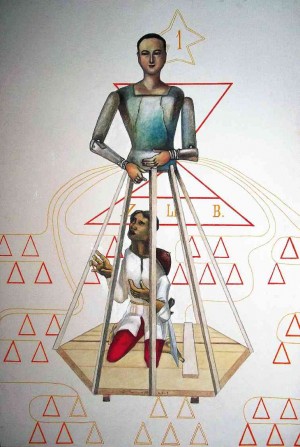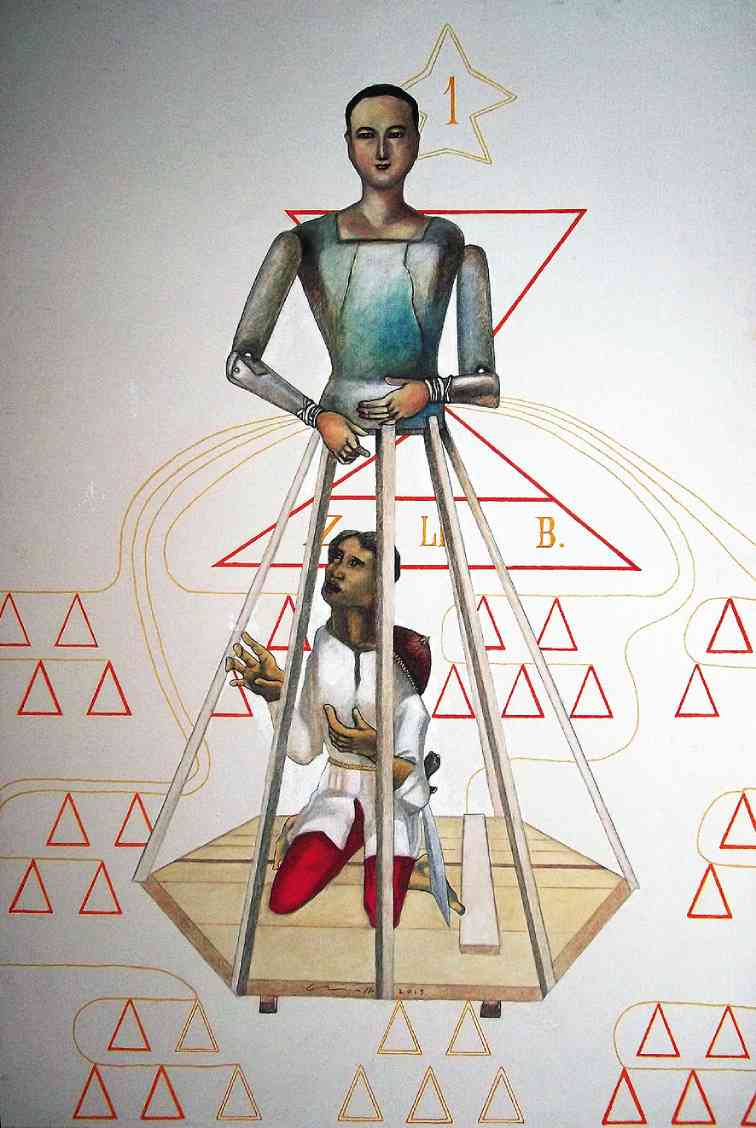
Would Andres Bonifacio have been as brave to lead the 1896 Philippine Revolution if not for a talisman tied around his neck during the Battle of Pinaglabanan?
Artist and University of the Philippines fine arts professor Marco Ruben Malto II explores the rootedness of Filipino valor in native spirituality throughout history in his latest solo exhibition, “Bayang Magiting,” which opens on Nov. 5, 6 p.m., at the Galerie Anna in SM Megamall.
The oval wooden pendant with the sculpted image of Nuestra Señora del Pilar on one side, and Santiago de Galicia on the other, is said to be the amulet or anting-anting” used by Bonifacio during the Katipuneros’ first encounter against Spain, a week after the Cry of Balintawak.
Other Filipino revolutionaries, such as Macario Sakay in the war against the American invaders, and Valentin de los Santos in his quest for reforms during the Marcos regime, also hinted at how their faith in the protection provided for by their amulets helped fire up their courage to revolt.
Using folk forms and other representations of the Filipino belief system from the pre-colonial until the present time as motif, Malto appropriates images in history to paint how Filipinos summon their gods for protection in conquering battles not only for personal gains, but more importantly for national integrity toward Filipino nationhood.
Through “Bayang Magiting,” Malto remembers and reminds us how Filipino valor remains steadfast and significant in today’s territorial turmoil.
“Bayang Magiting” will run till Nov. 19 at Galerie Anna in SM Megamall, Mandaluyong City.













































